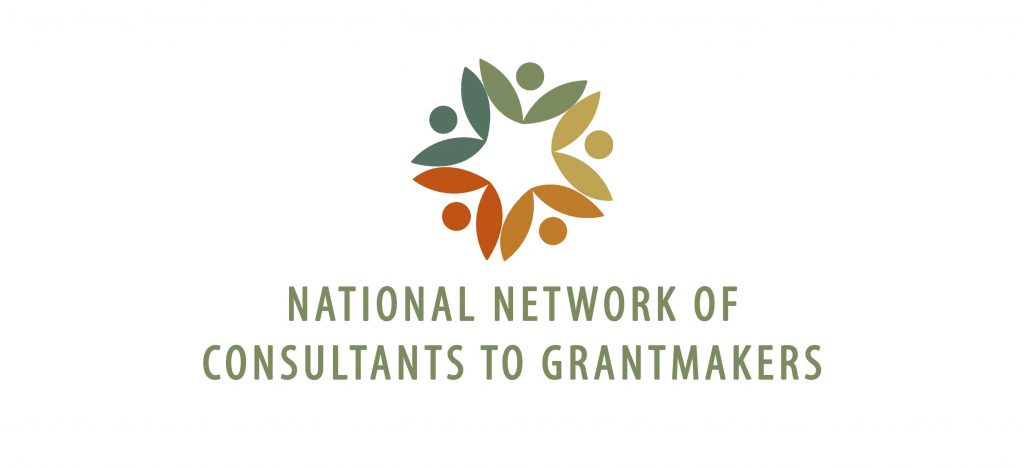This is a guest post by NNCG Member Firm Mission Throttle. It is reposted here with permission.
 Giving USA’s most recent report reflected a 2.7% year-over-year increase in US charitable giving. This growth was met with applause by mission-driven organizations that require donations to survive. However, the cost to address chronic social problems in the U.S., from poverty, to environmental sustainability, to public health, far exceeds available philanthropic funding by approximately $3 trillion. As a capitalist (and philanthropist), I believe in the adage “the way you finance your organization is the way you operate it.” If true, reliance on donations may perpetuate unsustainable habits and behaviors that ultimately prohibit nonprofit mission-driven organizations from effectively addressing pervasive social issues, and making a dent in “this philanthropic gap.”
Giving USA’s most recent report reflected a 2.7% year-over-year increase in US charitable giving. This growth was met with applause by mission-driven organizations that require donations to survive. However, the cost to address chronic social problems in the U.S., from poverty, to environmental sustainability, to public health, far exceeds available philanthropic funding by approximately $3 trillion. As a capitalist (and philanthropist), I believe in the adage “the way you finance your organization is the way you operate it.” If true, reliance on donations may perpetuate unsustainable habits and behaviors that ultimately prohibit nonprofit mission-driven organizations from effectively addressing pervasive social issues, and making a dent in “this philanthropic gap.”
Although donations are a critically important source of revenue, they are also episodic, unreliable and ultimately, not sustainable. For example, starting next year, millions of individual donations to nonprofits could be sharply reduced due to the new tax bill. Some estimates project that as few as 10 percent of taxpayers will continue to itemize charitable deductions on their returns, down from the current one-third. Additionally, financing nonprofit organizations solely with donations often creates unintended consequences that can prevent scaling services for those in need, including:
- Extreme vulnerability during economic downturns: During recessions, the demand for high-quality services increases, while donations decrease.
- Stretched capacity: Organizations often stretch their capacity to apply for grants that do not naturally align with their programming, in order to qualify for this free capital.
- Diluted entrepreneurial spirit: Management often focuses on what it will take to raise additional grant capital rather than develop creative earned revenue opportunities.
- Subordination to expectations of donors: Donor intent often drives strategic development, rather than an organization insisting on its own expertise to effectively drive social impact.
- Lack of commitment to impact measurement: Nonprofits are not normally held accountable for specific, measurable impact metrics created through donations, and therefore lack insight into the true effectiveness of their programs.
- Uncollaborative culture: In an attempt to preserve and protect donor relationships, many organizations do not share strategies, programs and visions with others, even though it may result in greater impact on the community.
Now more than ever, nonprofits will need more sophisticated operations and programs in order to compete for the investments of selective donors. If the legal frame is lifted from a nonprofit organization, it is essentially a business – and like any business, it requires financial stability, unique programs, and a market-based approach to scaling. So how do we help nonprofit organizations achieve these best practices?
Many funders are increasingly providing capacity expansion grants. These grants are critical for nonprofits to improve their infrastructure, and explore diversified revenue streams including earned income, to improve funding predictability, autonomy, and resiliency. Forward-thinking funders know that sustainable revenue improves an organization’s financial self-sufficiency, which in turn, accelerates mission focus, innovation, growth, and ultimately greater ability to solve our nation’s social needs.
Before making a traditional program donation, funders should pause to think — is the capital you are providing capable of driving true social change?

